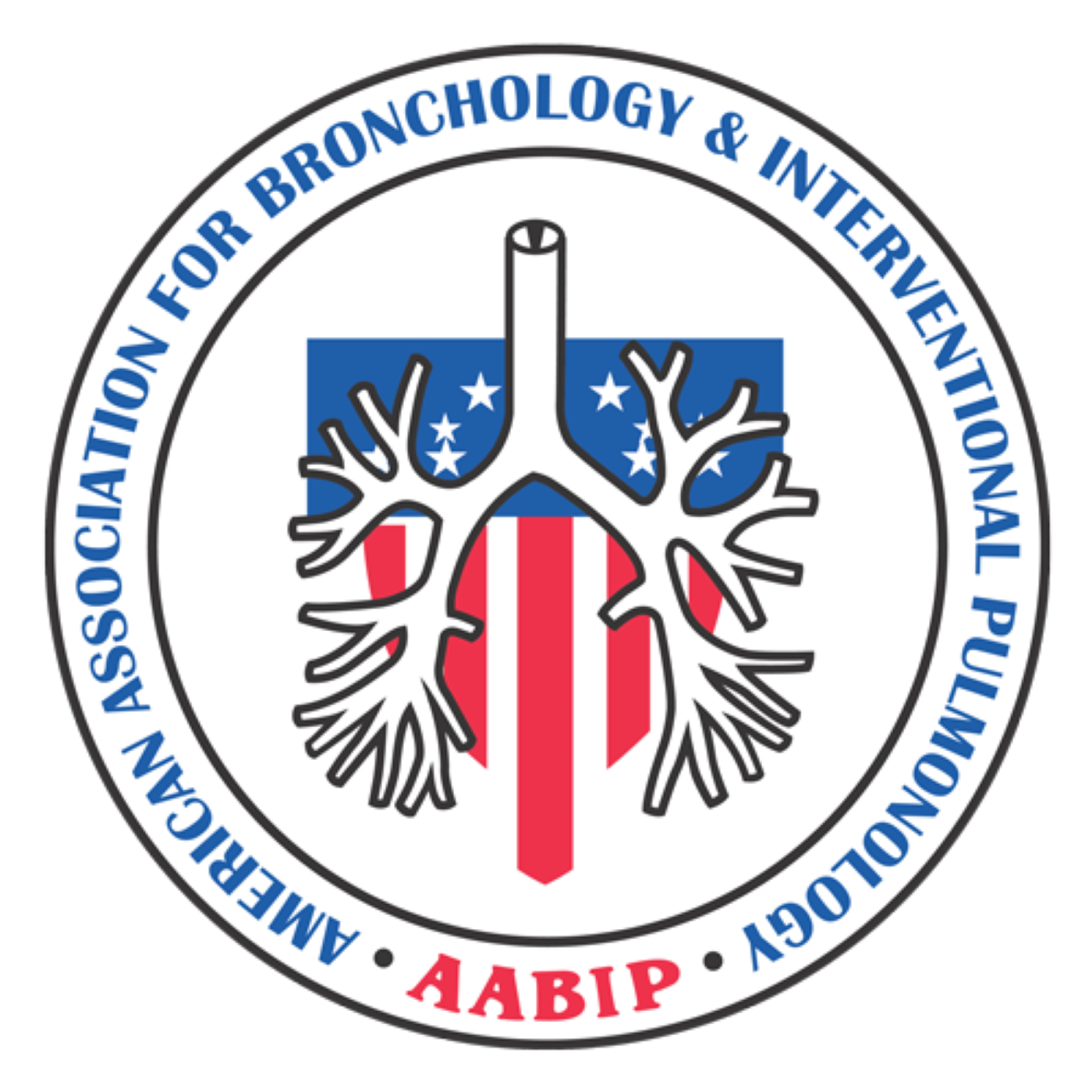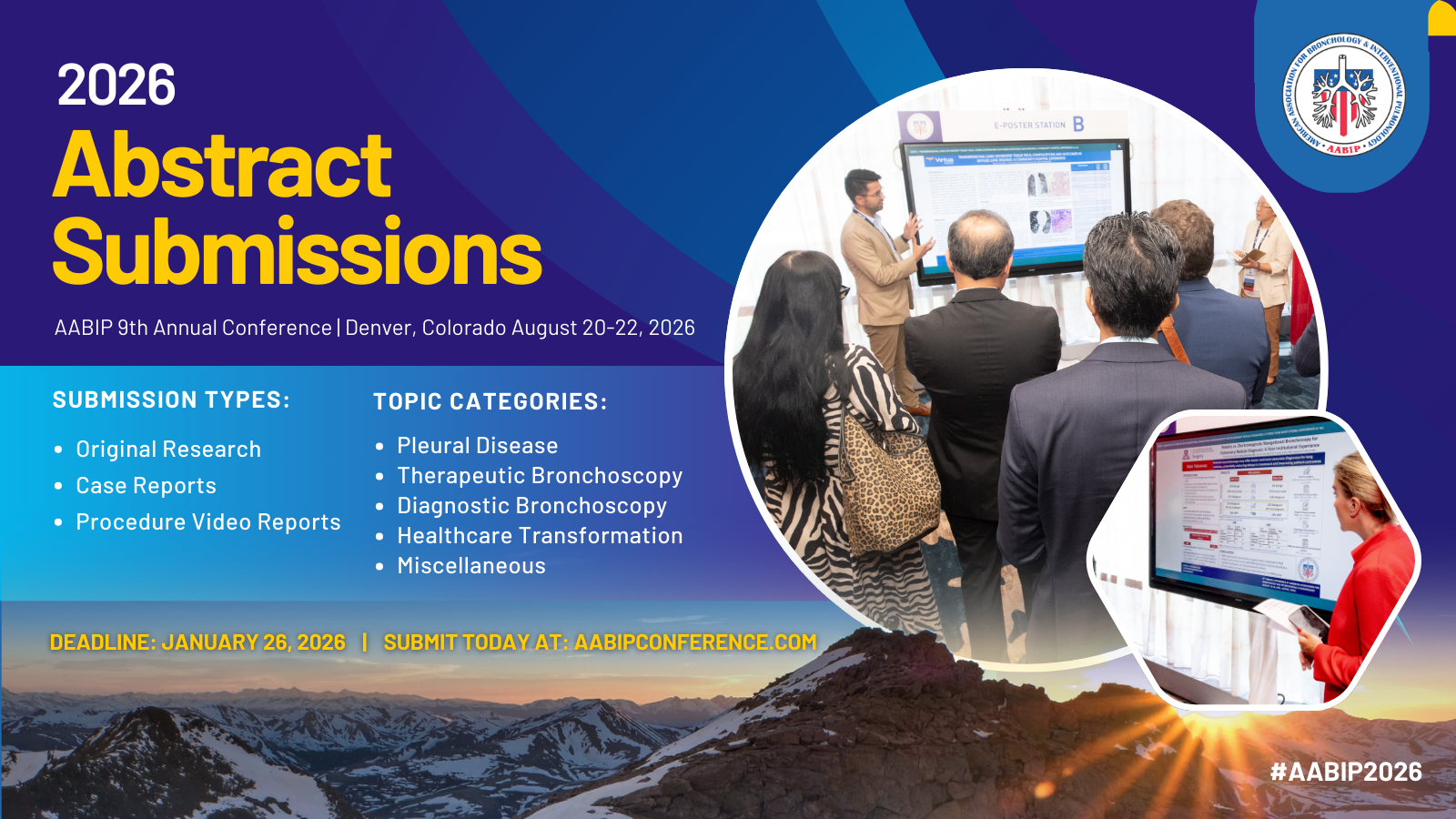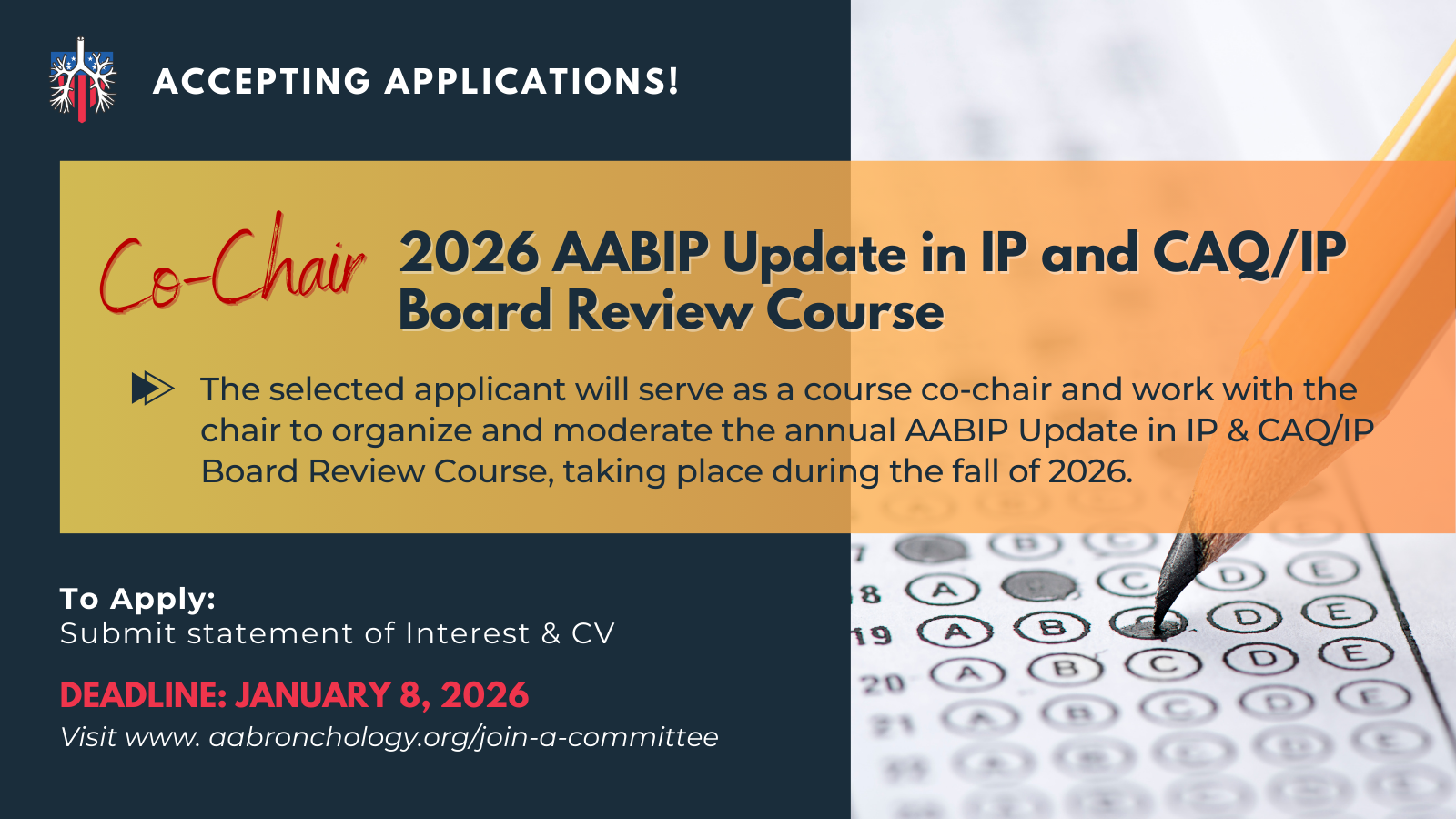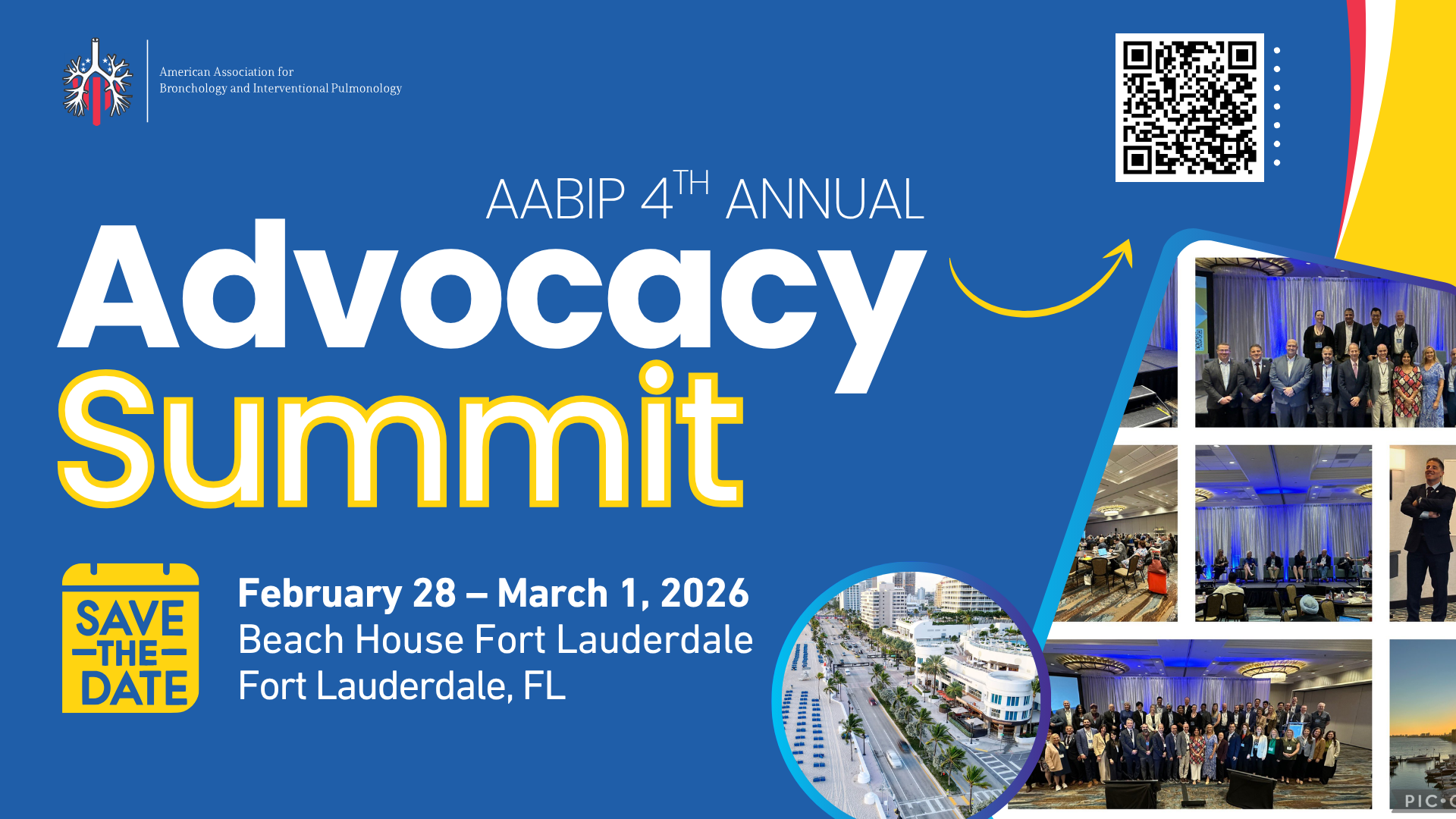IP Board Exam BlueprintInterventional Pulmonology Board Certification Examination Content (PDF)CONTENT OUTLINE Purpose of the Exam The examination is designed to evaluate the knowledge, diagnostic reasoning, and clinical judgment skills expected of a board-certified interventional pulmonologist in the broad domain of the discipline. The ability to make appropriate diagnostic and management decisions that have significant consequences for patients will be assessed. Exam content and format Exam content is determined by a pre-established blueprint or table of specifications. The blueprint is developed by AABIP, reviewed annually, and updated as needed for currency. Trainees, training program directors, and certified interventional pulmonologists in the discipline are surveyed periodically to provide feedback and inform the blueprinting process. The exam comprises multiple-choice questions with a single best answer, predominantly describing patient scenarios. Clinical information may include patient photographs, radiographs, computed tomography imaging, video, and other media to illustrate relevant patient findings. There are 2 primary domains, Disease Specific Knowledge and Procedural Knowledge, which constitute 50.4% and 49.6% of the examination, respectively. The 2 domains can be expanded for additional detail, as shown below. Each medical content category is listed below, with content subsections and specific topics that may appear in the exam. Actual exam content may vary.Disease Specific Knowledge Physiology and Anesthesia: 5.9%
Malignant airway obstruction: 5.2% Non-malignant airway obstruction: 3.0% Comprehensive evaluation and management of patients with thoracic malignancies, lung cancer (including early detection / screening and staging) and other intrathoracic malignancies (e.g., esophageal, thyroid, mesothelioma, intrathoracic manifestations of malignancy): 11.1%
Ethics and palliative care: 3.0% Endoscopic therapeutic approaches in COPD: 2.2% Diagnostic approaches to the peripheral nodule: 7.4% Complications of lung transplantation: 2.2% Benign lung disease workup including: 0.7%
Procedural Knowledge Pleural procedures: 8.1%
Convex and radial EBUS: 6.7% Navigational bronchoscopy, robotic bronchoscopy, and cone-beam CT guided bronchoscopy: 7.4% Rigid bronchoscopy / foreign body retrieval: 5.9% Ablation procedures: 5.9%
Balloon tracheoplasty and bronchoplasty: 3.7% Tracheobronchial stents: 5.9% Thermoplasty and Bronchoscopic Lung Volume Reduction (BLVR): 1.5%
Coding and billing for bronchoscopy: 0.7% Updated: 11/08/2025 |







